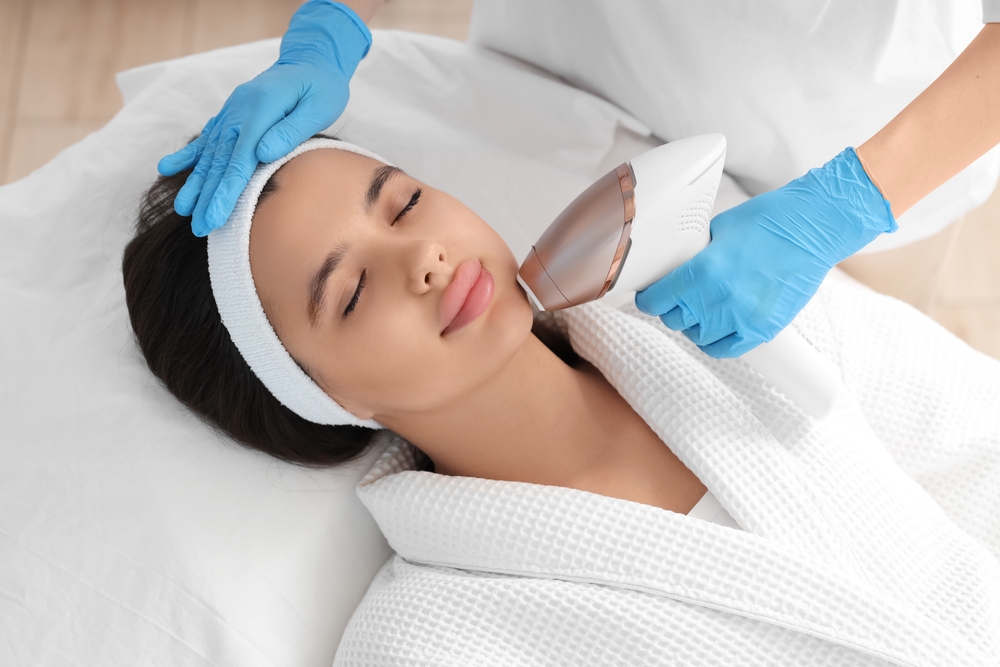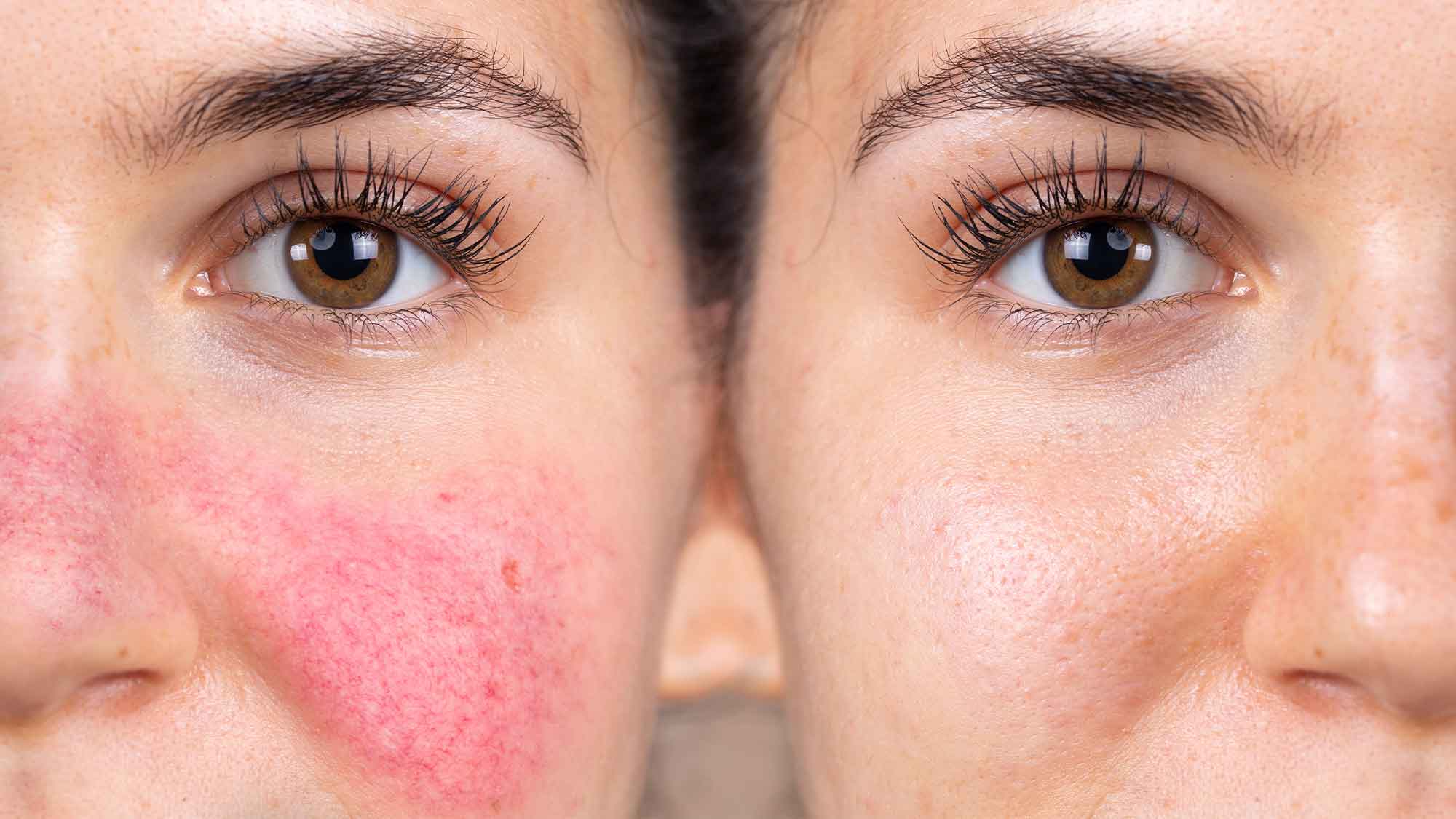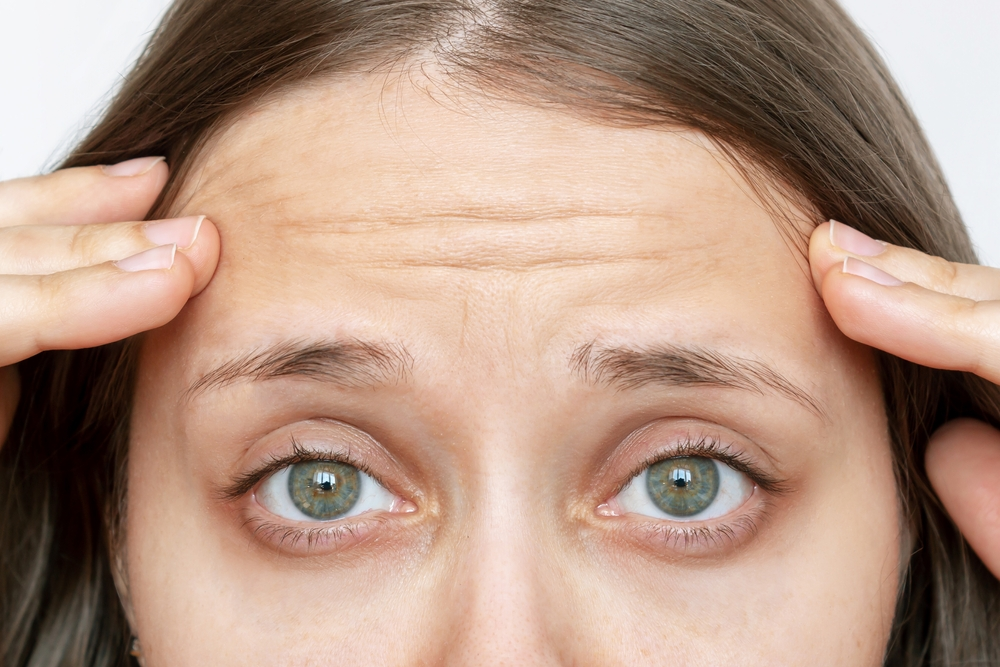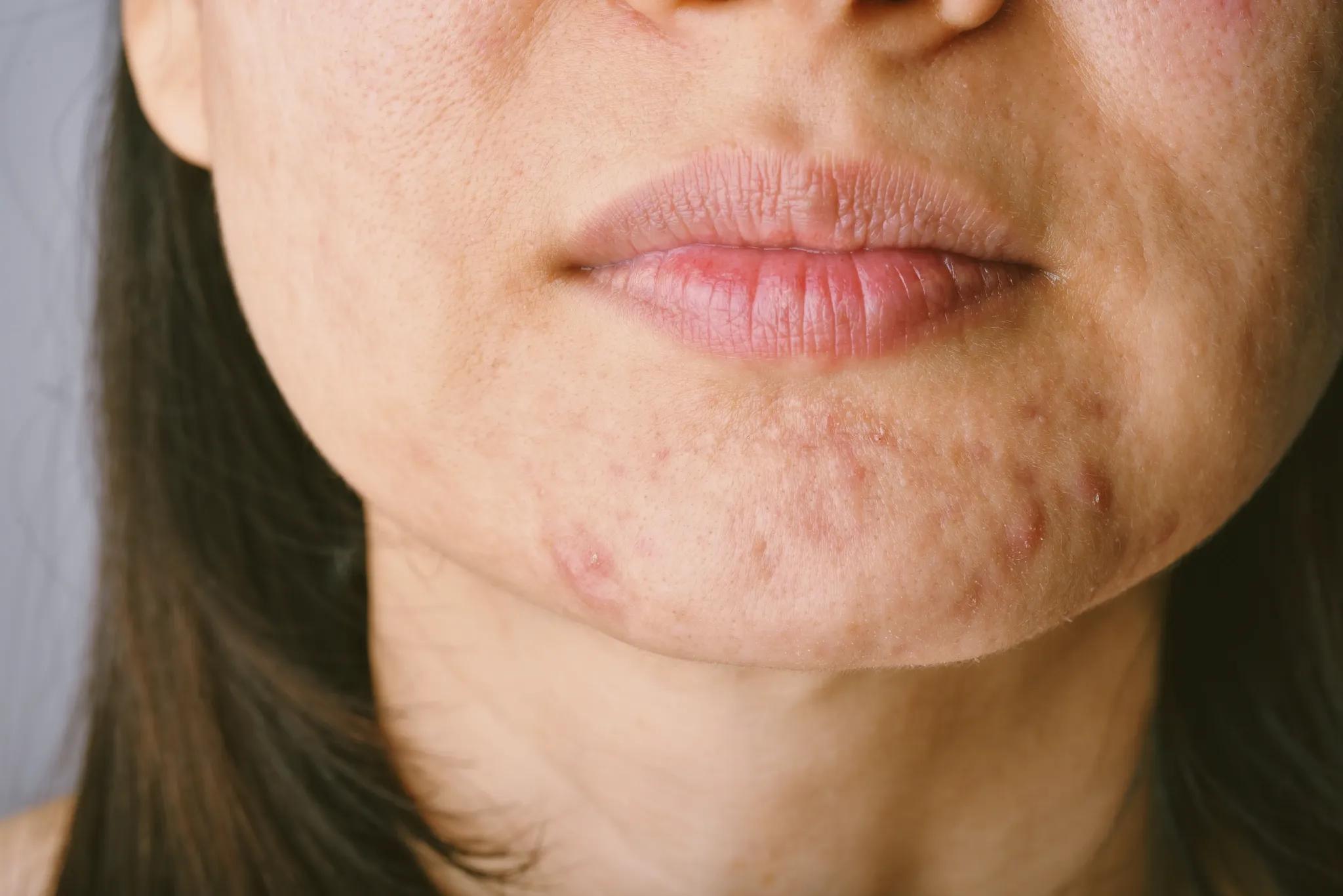
Everything You Need to Know About IPL Laser Treatment
In the evolving world of advanced skincare, IPL laser treatment has become one of the most sought-after solutions for those looking to improve skin clarity,
Our unique approach enables us to look beneath the surface of the skin and simulate your results prior to treatment. Learn more >
Results simulator now available. Learn more >

It’s important to take care of rosacea-prone skin because ongoing flare-ups can eventually lead to permanent redness and, in some cases, growths of thickened skin, especially on the nose. The trouble is that there is so much conflicting information on rosacea and how to treat it. It can cause you to feel self-conscious, but there is no need to let it take over your life! Let’s explore what causes rosacea and what lifestyle and treatment options exist to reduce its appearance.
Rosacea is an auto-inflammatory skin condition with numerous symptoms and different levels of diagnosis. Symptoms can be as mild as redness, flushing and as intense as swelling, burning and stinging. Sometimes it can also present with pimples and pustules on the face. It’s not the same as acne, but it can make you feel embarrassed or lose confidence, particularly if left untreated.
It tends to be episodic, flaring up when aggravated. Rosacea isn’t contagious, but there is some evidence that it may be hereditary. There’s no cure for rosacea, but there are treatments available that can help control it.
You may have rosacea if you have:
Over time, the redness may last longer.
You may also notice that the skin becomes thicker, especially around the nose, and the nose may become swollen.
In some people, rosacea can affect the eyes. This can cause red, sore or gritty eyes, which can lead to conjunctivitis and swollen eyelids. We recommend seeing an eye specialist to prevent damage if your eyes are being affected.
Many people with rosacea find that certain factors can trigger their symptoms, such as sun exposure, stress, hot weather, alcohol, spicy foods, exercise, hot baths, or certain medicines or skin care products.
Environmental conditions like sunlight, wind and extreme temperatures can cause rosacea to flare up. Other things that can cause rosacea to flare up include exercise, intense emotions, and certain drugs and cosmetic products.
Rosacea is typically more common in females over 30 with light skin, if you smoke or have a family history of the condition.
Treatment for rosacea is unique to the individual. What may soothe the symptoms for some people may irritate others. Essentially, rosacea is an inflammatory condition, so caring for it means bringing the inflammation down in a way that works for your skin.
While there is no cure for rosacea, a lack of treatment may result in extra flare-ups, redness and pustules. If rosacea symptoms are left untreated for several years, you may develop a condition known as rhinophyma. Rhinophyma causes oil glands to enlarge and tissue to build up on your nose, leading to eye problems and red bumps. While it can affect men and women, the condition is far more common among men.
The good news is that there are several treatment options for rosacea that can help keep symptoms under control. Common treatment options include gels that tighten blood vessels in the skin and antibiotics that kill skin bacteria.
While a careful skincare regime can effectively keep rosacea under control, flare-ups may require a more targeted treatment option, and a well-devised treatment plan can prevent flare-ups from occurring.
If you notice that your regular routine is no longer keeping the symptoms of rosacea under control, or you feel that the many triggers are preventing you from enjoying your usual lifestyle, it might be time to consider a more intensive treatment.
We recommend keeping your skincare routine simple during a flare-up. Use a gentle cleanser and a soothing moisturiser, and don’t exfoliate too often.
Serums containing Vitamin C, E, Aloe or Sea Buckthorn can soothe rosacea for some people and help bring down redness. For others, any vitamins can contribute to a flare-up, so proceed with caution. Our clinicians see plenty of cases of rosacea and can assess your skin and recommend skincare and treatment options to improve your symptoms.
You may need to avoid products with AHAs, such as glycolic acid, citrus acid or lactic acid. AHAs are a chemical exfoliator, and they’re highly recommended for most skin types, but during a rosacea flare-up, they may just exacerbate that burning sensation.
Rosacea has also been linked to gut health, which is known to influence inflammation elsewhere in the body. Foods with omega-3 fatty acids can help reduce inflammation in the body, including flaxseeds, salmon or anything rich in zinc such as pumpkin seeds or kale.
Foods that have anti-inflammatory properties include asparagus, blueberries, cauliflower, celery, cucumber, grapes, nuts, turmeric and leafy greens.
Many of us are familiar with probiotic foods (such as yogurt, sauerkraut and kombucha), but we’re also now realising the importance of prebiotics for your skin. Prebiotics are non-soluble fibres that act as food for the healthy bacterial cultures in your gut. You can get them from bananas, leeks, asparagus, kale, lentils and whole grains like oats and barley.
Foods to avoid might include sugar, white flour, processed meats, and for up to half the population of people with rosacea, alcohol.
These laser treatments target the symptoms of redness, thickening skin, and recurring patches of visible blood vessels in some people with rosacea. Laser treatments use heat from wavelengths of light to collapse the visible, tiny red blood vessels. Offering an effective and mostly painless way of treating rosacea symptoms.
The most common types of laser treatments include:
Depending on your specific symptoms, your doctor might encourage you to try one or more topical treatments, eye drops, oral medications, or laser therapy. It’s also important to avoid triggers that worsen your symptoms and take good care of your skin, using gentle skin care products.
Our careful assessment of your skincare goals and access to advanced skin assessment technology makes it easy and safe to choose the best treatment and routine for your skin type.

In the evolving world of advanced skincare, IPL laser treatment has become one of the most sought-after solutions for those looking to improve skin clarity,

Forehead wrinkles are among the first visible signs of ageing and often appear earlier than expected. These lines result from repeated facial expressions, environmental exposure,

Struggling with chin breakouts that just won’t disappear? You’re not alone. Acne in this area tends to be stubborn and persistent, often showing up as
"*" indicates required fields
Excellent, we are always excited to meet a new face or to welcome back a familiar one. Contact us in the way that best works for you!
© 2022 Bondi Junction Cosmetic Clinic. All rights reserved.
Enter your details and we will contact you within 24 hrs.
"*" indicates required fields